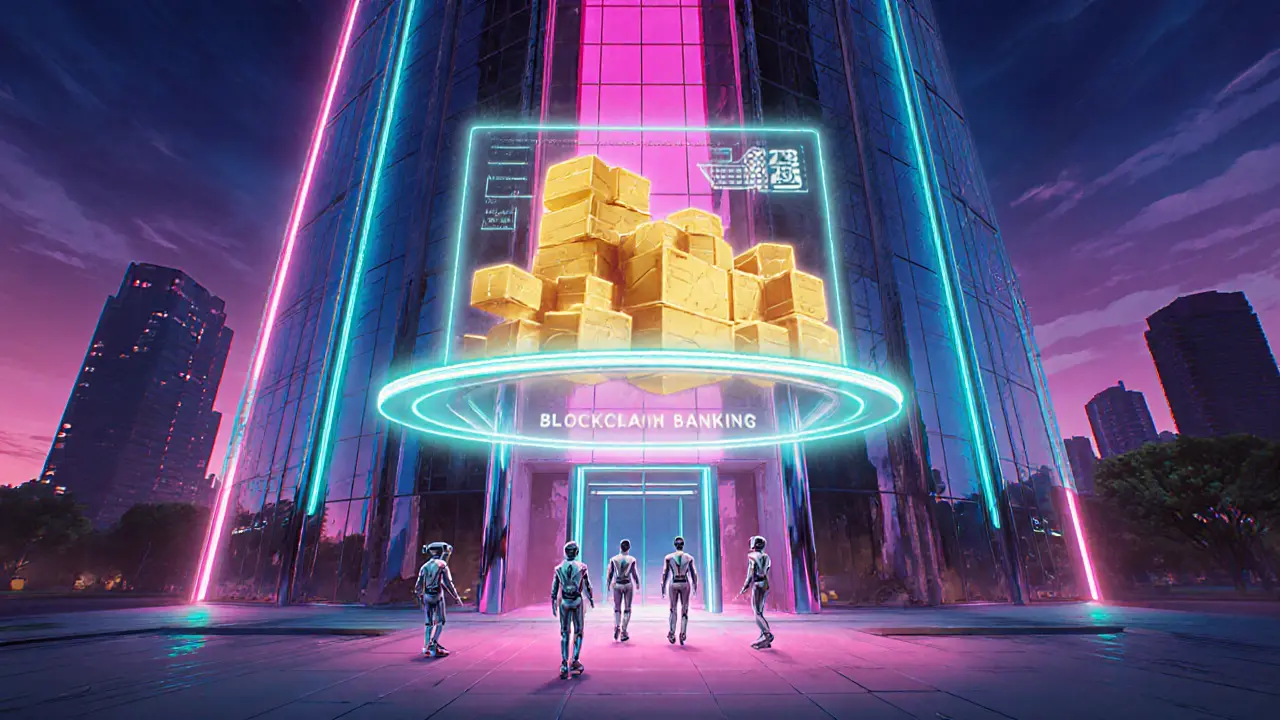Blockchain: Guides, Tools & Real‑World Applications
When working with blockchain, a decentralized ledger that records transactions across many computers. Also known as distributed ledger, it powers everything from crypto coins to supply‑chain tracking. Blockchain isn’t just tech jargon – it’s a new way to store data without a single point of control. In plain terms, it lets anyone verify a transaction while keeping the original record safe from tampering.
Blockchain bridges, cross‑chain connectors that move assets between separate ledgers illustrate how the ecosystem talks to itself. A trusted bridge relies on custodial nodes, while a trustless bridge uses smart contracts to verify moves automatically. Both designs aim to cut friction, but they differ in security trade‑offs and fee structures.
Another hot topic is on‑chain data mining, the process of extracting and analyzing transaction data directly from the blockchain. By sifting through blocks, analysts can spot market trends, detect abnormal flows, and even forecast price moves. The core tools range from open‑source libraries like Web3.py to specialized dashboards that visualize gas usage or token swaps.
Regulators are catching up, too. Blockchain forensics, techniques that trace digital assets to uncover illicit activity help authorities enforce sanctions and combat money laundering. The workflow usually starts with address clustering, then applies transaction graph analysis to link suspicious wallets to real‑world identities. This capability reshapes compliance strategies for exchanges and institutional investors.
Beyond finance, disintermediation, the removal of middlemen through smart contracts and automated settlement is reshaping industries like supply chain, media and advertising. Companies replace legacy paperwork with transparent code, saving time and fees while boosting trust. The shift isn’t instant – it requires redesigning workflows, training staff, and choosing the right blockchain platform.
All these angles—bridges, analytics, forensics and disintermediation—show how blockchain is evolving from a niche experiment to a core infrastructure piece. Below you’ll find a hand‑picked collection of articles that dive deeper into each area, from step‑by‑step airdrop claims to in‑depth exchange reviews and regulatory overviews. Dive in to sharpen your knowledge and put these concepts into practice.
A clear guide to blockchain banking services, covering how they work, key applications, benefits, challenges, real‑world examples, and future trends.
MoreDiscover what DePIN means in crypto, how it tokenizes real‑world infrastructure, and why it matters for investors and everyday users alike.
More
